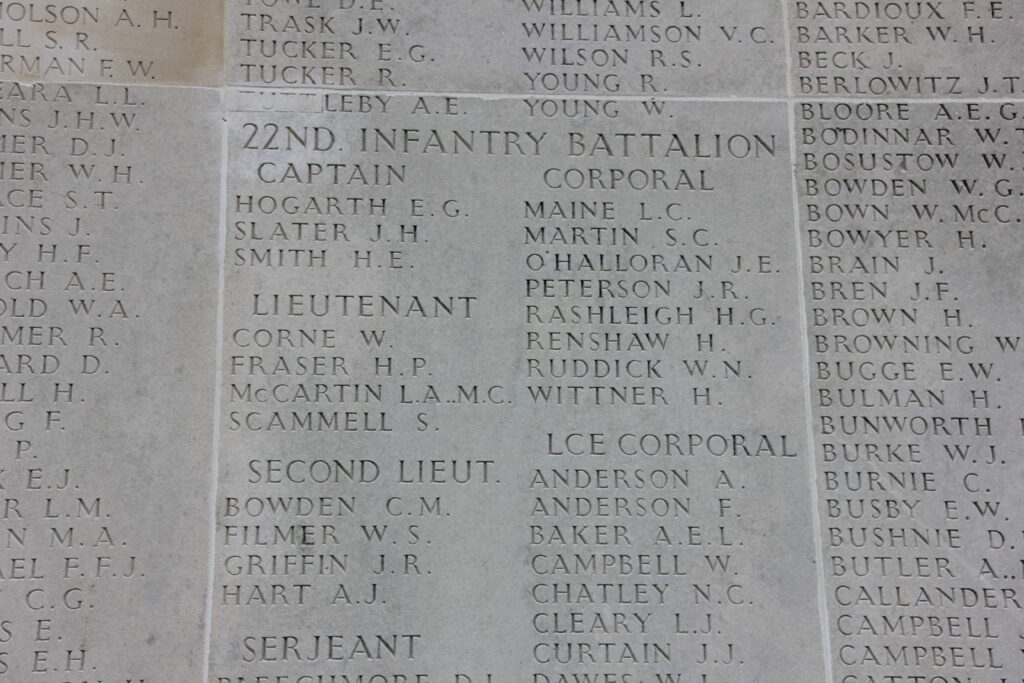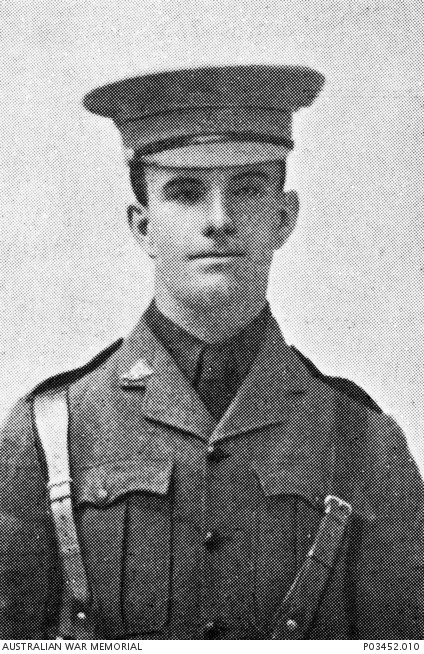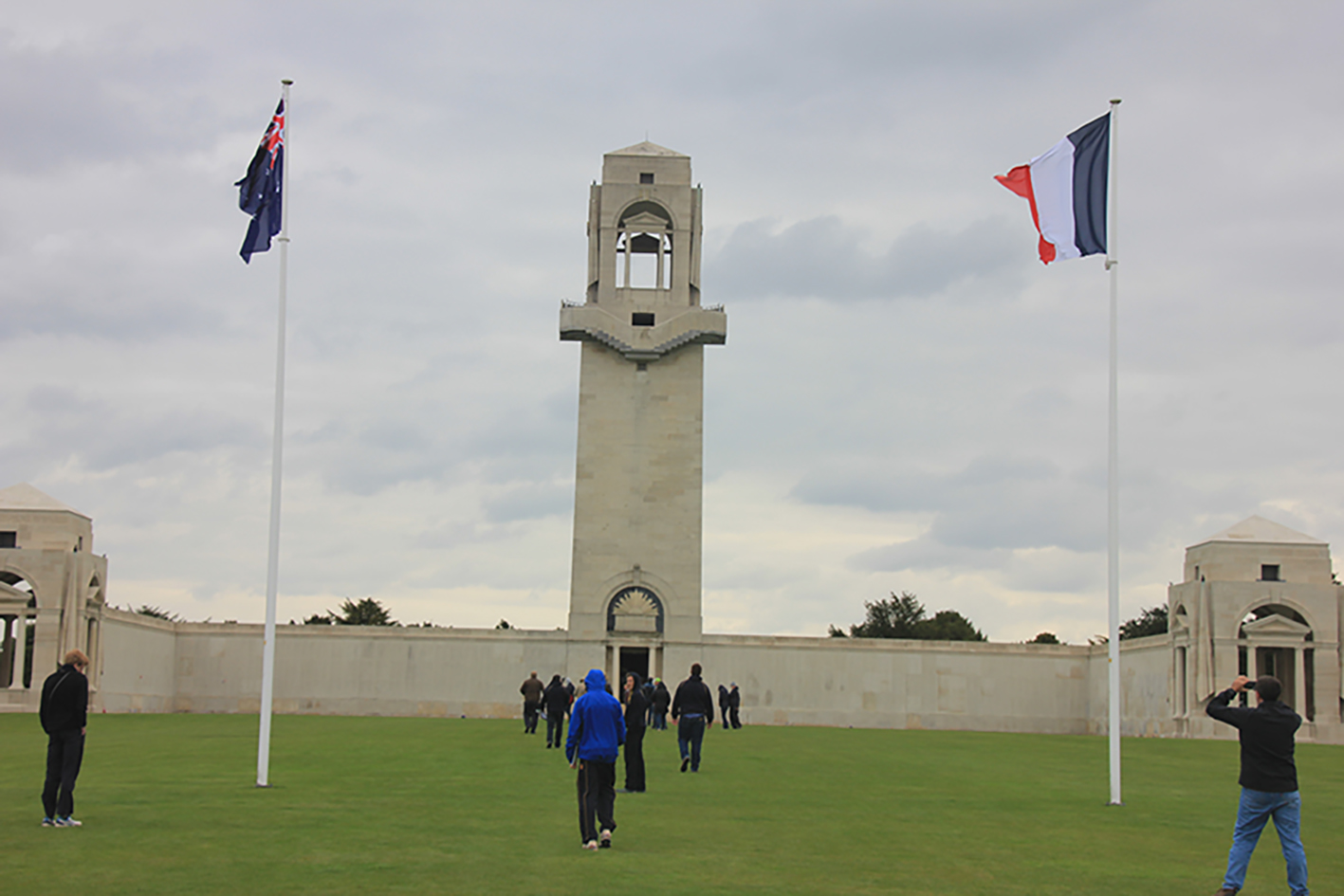In 1967 the Central Army Records Office received a letter from a Mrs McInnes living in Brisbane enquiring about her eligibility to receive a Gallipoli Medal for the service of her uncle whom she believed had been killed at Gallipoli in 1915. The Medals were announced in 1965 to commemorate the 50th Anniversary of the Landing. Mrs McInnes conceded very fairly that there may be others more deserving than herself of receiving the medal as she came from a very large family; however, if no-one else came forward to claim it she would love to receive it to remember her uncle Alfred Joseph Hart.
The letter is instructive in the insights it provides to the simple humanity of family relationships faced with the challenge and tragedy of the Great War. In part, the letter says,
My Uncle’s name was Alfred Hart and prior to his enlistment was a Grammar School Teacher at Kew Melbourne. He was one of my Mother’s younger brothers and to the best of my knowledge was a Batchelor. I remember only ever seeing him once when he came to Toowoomba to say Good Bye to my mother before going over-seas. I was 14 years of age in 1915 but I remember that no doubt on account of my Mother’s distress seeing him go. My mother was one of a large family twelve or thirteen but as far as I know they are now all deceased. . . .
Mrs McInnes did not receive a Gallipoli Medal, in part because, as occurs often in families, the truth behind her uncle’s service was imperfectly remembered. Alfred Hart did not serve at Gallipoli, but lost his life soon after reaching France, at Pozieres. Had Alfred not been commissioned as an officer he may well have landed with his battalion at Gallipoli in September 1915, but officer training delayed his departure from Australia until the campaign on the Peninsula was over.
Alfred Hart was born at Warwick, south of Toowoomba, in November 1886. He was the son of Ebor George and Mary Ellen Hart. He was educated at Toowoomba Grammar School (1902-05), then trained as a school teacher at Sydney University and was teaching at Trinity Grammar School, Kew, Melbourne, when he enlisted. It is not clear when he went south, but given such a large family, it is not surprising that members were scattered to different parts of the country. He wrote his father as NOK, giving an address in Red Hill, North Brisbane. He later amended his NOK details to include a Mr Arnold of Melbourne.
Alfred was about 5’8” and weighed 147 pounds. He was of the Church of England religion; had a fresh complexion, grey eyes and dark hair. He enlisted at Seymour in Victoria then trained with the 4th Depot Battalion at Broadmeadows Camp in Melbourne. He was posted to the 21st Battalion, of the 6th Brigade, 2nd Division. The four battalions of the 6th Brigade were recruited from all parts of Victoria. When Alfred applied for a commission he indicated that he had trained junior cadets for several years. His leadership abilities were rewarded with his commission on 17 January 1916, too late for Gallipoli service. Soon after, he sailed for Egypt with the 11th Reinforcements of 21st Battalion. In May 1916 the 11/21st were posted to France and sailed to Marseilles.
When Alfred arrived in France four divisions of the AIF were preparing to meet a baptism of fire on or near the Somme front. The 2nd Division was committed to horrendous fighting at Pozieres in late July. On 26 July Alfred was attached (“on loan” according to his men) to the 22nd Battalion for an attack near Kays Trench or “K Sap”. The next day the attack went forward; during the battle Alfred was killed by shellfire. According to witnesses he was killed instantly, sustaining severe injuries. It was his second day on the front-line. Alfred’s body could not be found later; as he has no known grave, his name is recorded on the Australian Memorial at Villers-Bretonneux.
From Mrs McInnes’ letter (quoted above) it is clear Alfred was never forgotten by his family, but over time the details were obscured as is often the case. In the 1920s Alfred’s father Ebor signed for his possessions, medals and mementoes. In one response he stated that he could not write very much as he was nearly blind. Alfred’s siblings in Toowoomba nominated him for the Mothers’ Memorial. He died aged 28.
Notes from Following the Twenty-Second (see below) By 4.30am on the 27th July the relief of 6th Battalion at Pozieres was complete. C & D Companies occupied the front-line and A & B Companies were in K Trench, supported in total by 8 machine guns. To the left of the 22nd were the 24th Battalion (6th Brigade) and the 19th Battalion (5th Brigade) to the right. Enemy shelling commenced at 6.30am in response to our artillery fire, and although intense, was falling about 100 yards to the rear of the Firing Line. At 9.15am a small party was observed behind the enemy front line directly in front of C Company – the party was dispensed with our rifle fire. During the afternoon in front of the whole Battalion sector the enemy were seen moving along the trench.
In the support trenches B Company was being heavily shelled and experiencing heavy casualties, including all of its officers. Running south to north on the west side of Pozieres, K Trench received both frontal and enfilade fire and had no fire step. High explosive shells continually blew in the crowded trenches, and when one barrage lifted, another commenced. Gas shells added to the horror and for four days none slept. The ranging of the enemy artillery was also improving on the front line. At 9pm orders were received
Pozieres – G01534E.JPGfrom Brigade to reconnoitre lines of approach for an attack and the condition of wire, which upon inspection had been cut in places and in rather poor condition. Casualties on that first day into the front line on the Somme were the heaviest endured by the Battalion since the start of the war and their arrival in Gallipoli: 2nd Lt Hart was killed, plus 19 other ranks; 5 officers were wounded, including Capt. Wiltshire, along with 129 other ranks. 19 other ranks were also missing.
At this stage in the war neither the Germans nor the British had adopted the system of defence in depth, therefore in the battle zone many more men were gathered than would be the case in two years. On these men an unceasing hail of shells took its heavy toll (photograph above). However as a result of the heavy casualties experienced the previous day, B Company was sent before dawn back from Pozieres to Sausage Valley, together with one platoon from each of the three other companies to reduce the overcrowding and risk of high casualties. The shelling throughout the day consisted of intense fire lasting about 15 minutes followed by periods of comparative calm.
Toowoomba Grammar School Archives state that he started at school on 4th February 1902 and left 15th December 1905. He was a school prefect in 1904 and 1905. The School Magazine dated November 1916 states, ‘Lieut. A. J. Hart was at school from 1902 to 1905. Ile was teaching in Victoria when he enlisted. Ile rapidly rose to be Sergeant and later received a commission in France where he was killed in action in August.’
External Links
National Archives of Australia Military Records
Australian Red Cross Society Wounded and Missing
Australian War Memorial Honour Roll
AWM4 AIF unit war diaries 23/39/11 22ND BN JULY 1916
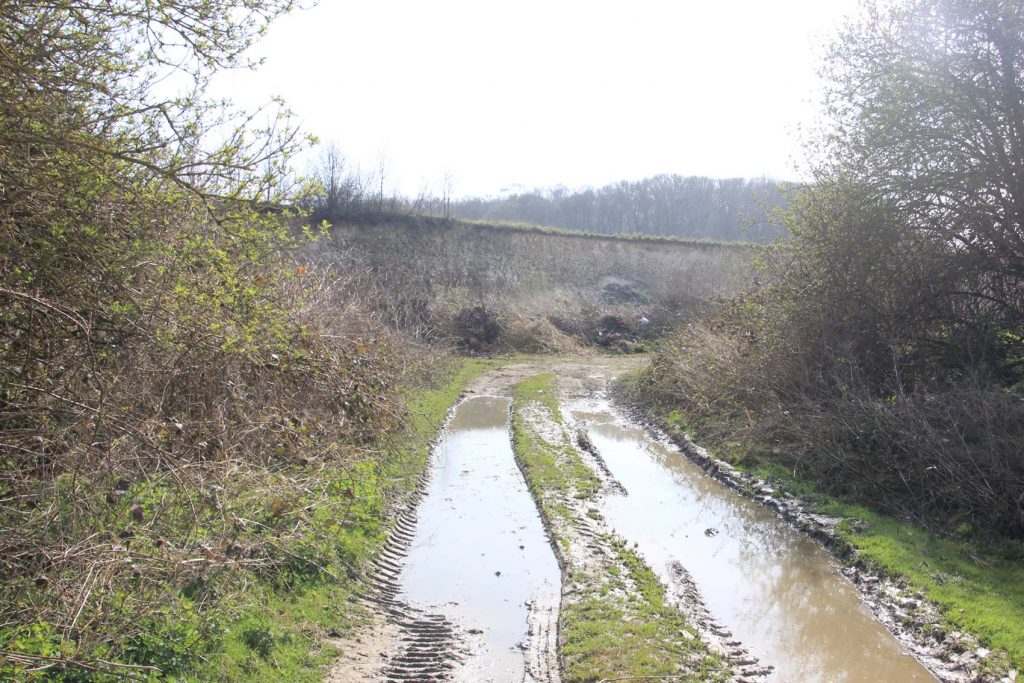
The Chalk Pit off Dead Man’s Road near Pozieres taken 2015 by Ann Hallam
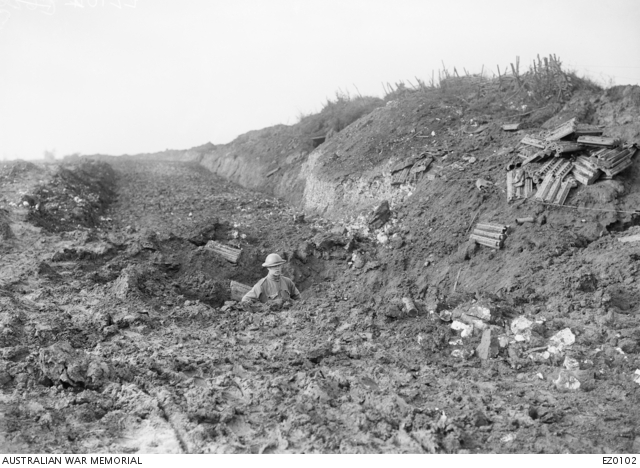
A German Shell Hole on Dead Mans Road near the Chalk Pit near Pozieres

22nd Battalion 1916 from anzac-22nd-battalion.com
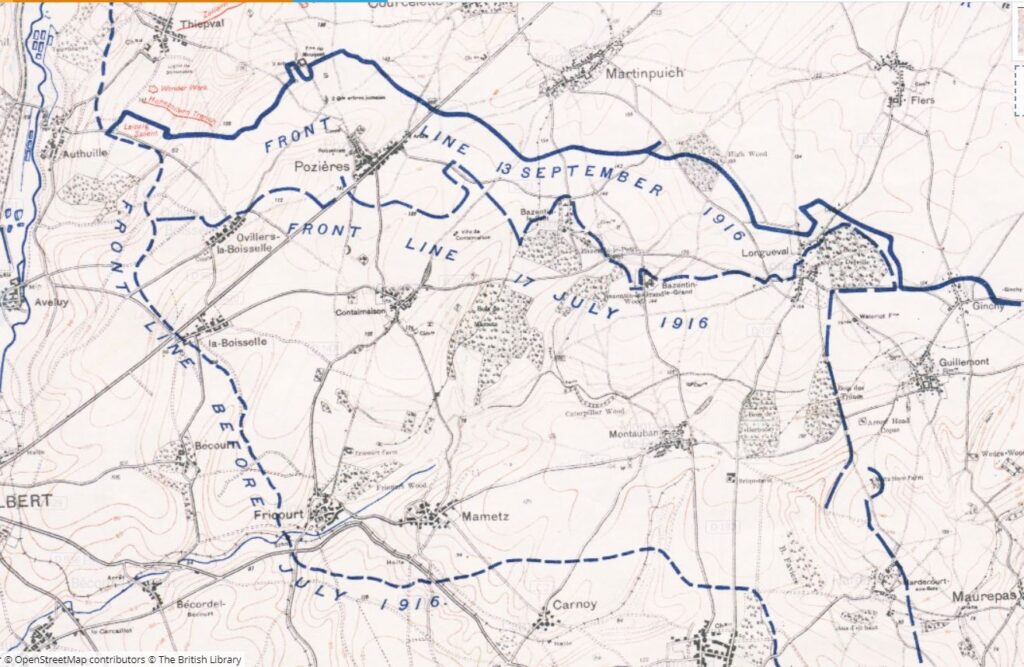
Front Lines at Pozieres July-September 1916
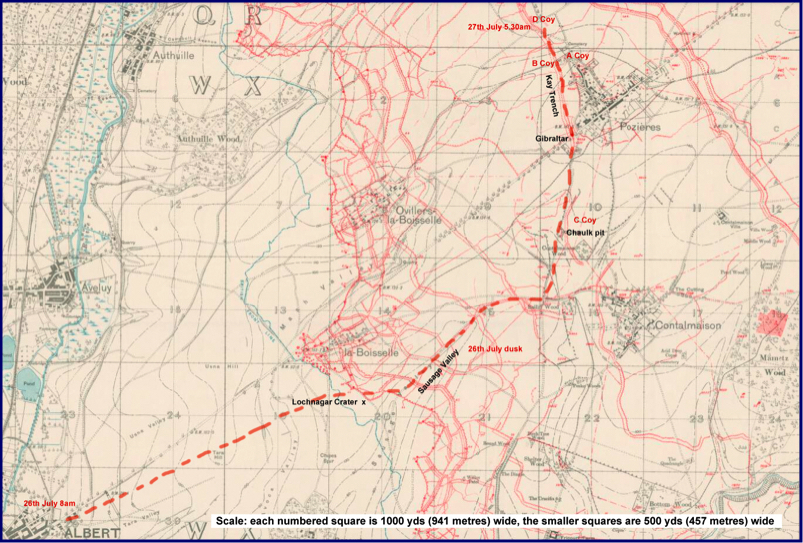
The map show the approximate route 22 BN took to reach Pozières from Albert on July 26th – 27th.
